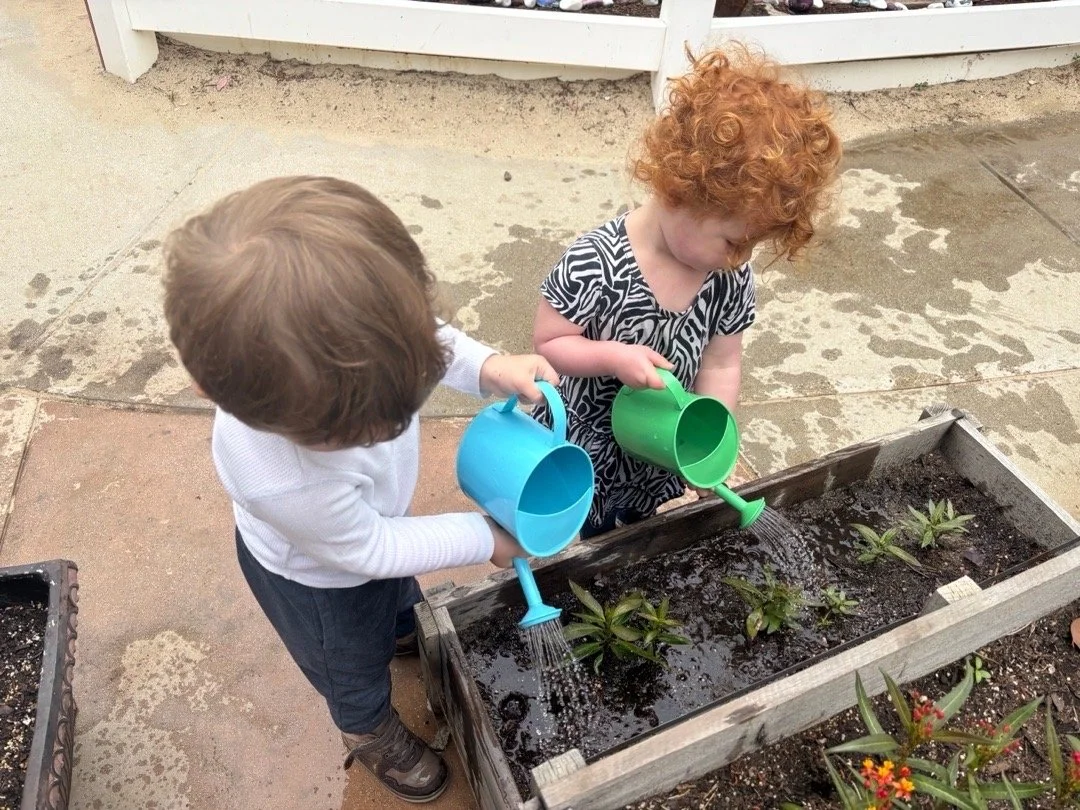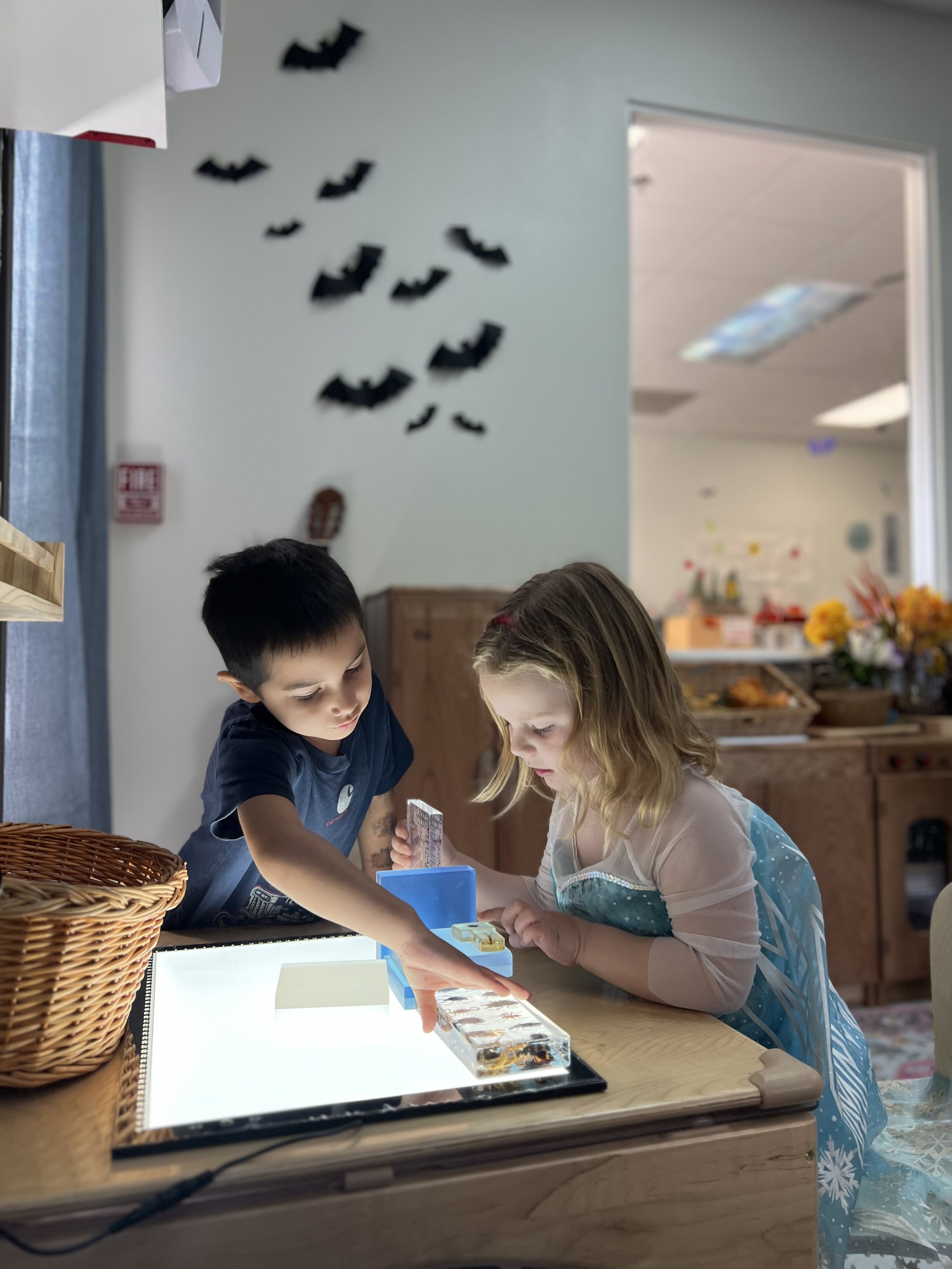Science, Technology, Engineering, and Mathematics (STEM)
Many years ago, Annette Gladstone, the original founder of Segray, explored the reaction of preschoolers to STEM activities, and found an extraordinary level of engagement—physically, mentally, and emotionally. The pleasure and development Annette saw in those young children, led to STEM becoming one of the Pillars of Segray.
STEM deeply influences our curriculum and is part of our daily routine. Our educators take great care in developing age-appropriate STEM activities for all ages, including our one-year-olds. We implement STEM in a hands-on, tactile manner, then help our young ones examine, describe and build on their experience.
“The United States has developed as a global leader, in large part, through the genius and hard work of its scientists, engineers, and innovators. In a world that’s becoming increasingly complex, where success is driven not only by what you know, but by what you can do with what you know, it’s more important than ever for our youth to be equipped with the knowledge and skills to solve tough problems, gather and evaluate evidence, and make sense of information. These are the types of skills that students learn by studying science, technology, engineering, and math—subjects collectively known as STEM. ”




